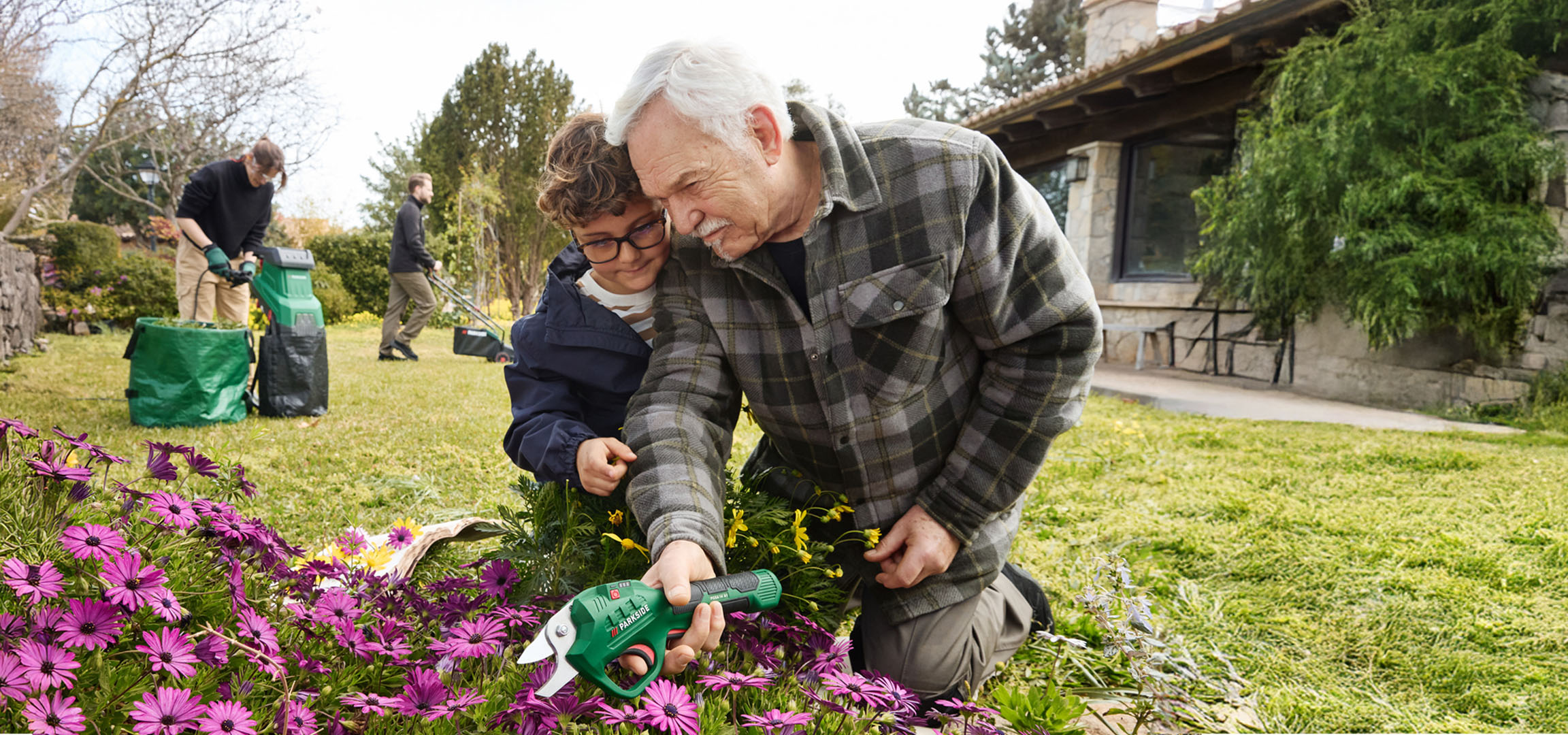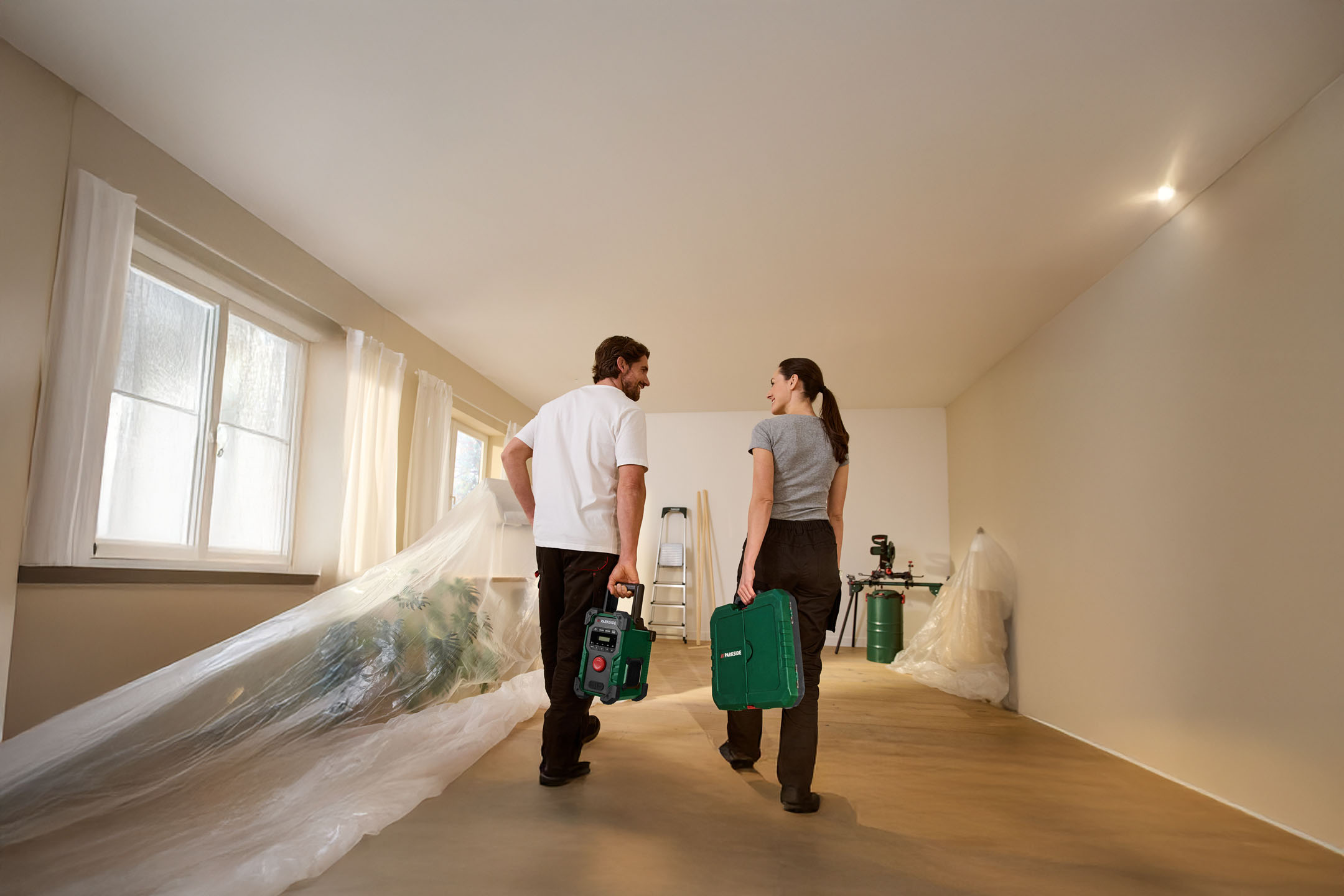Planting a garden: This is important
Planting and caring for garden plants requires some work. However, if the basic conditions are right and some activities are carried out regularly, nothing stands in the way of a colorful, healthy garden.
Contents
The basic conditions
Before caring for and planting garden plants, it must be determined what conditions prevail in the garden. Each plant has different requirements regarding soil, light, and climate. The selection of garden tools and equipment is also a factor that influences the planting of the garden.
Soil
What is generally referred to as soil actually includes many different types. Soil differs in its composition, nutrient density, and pH value. The right soil is crucial for plants to grow well: it gives their roots support and provides them with all necessary nutrients.
Soil can be roughly divided into three categories:
Sandy soil is light and permeable to water. It dries out quickly and stores nutrients poorly. It is unsuitable for particularly thirsty plants and heavy feeders.
Loamy soil is considered ideal garden soil. It stores water and nutrients well and is not too permeable to water.
Clay soil has an even higher water and nutrient storage potential. However, it is usually so dense and heavy that the risk of waterlogging is increased.
Another indicator of soil quality is its pH value. It can be easily measured with a corresponding test from a specialist store. A pH value of 0 indicates extremely acidic soil, high pH values stand for alkaline soils.
Acidic soils usually contain a lot of humus and therefore nutrients. However, the lime content is rather low.
Alkaline soils are richer in lime.
Determining the pH value can therefore provide information on whether a soil needs to be additionally limed. Too much lime prevents nutrient absorption. For most plants, a pH value between 6 and 7 is ideal.
Any soil can be improved by adding appropriate substances such as lime, sand, or compost. In specialist stores, there are special soil mixtures for many plants, such as roses or tomatoes, that are precisely tailored to the needs of the plants.
Garden utensils
The right garden tools and equipment make planting and caring for the garden much easier. Those who want to purchase larger equipment such as lawnmowers, hedge trimmers, or chainsaws should consider where these can be stored beforehand. In large gardens, a tool shed or garden house can be very useful.
For gardens where mainly beds and smaller shrubs are to be planted, a small basic set is sufficient. Pruning shears, hand trowel, rake, and watering can are enough for basic tasks.
Climate
Temperature and humidity determine which plants can grow in the garden and when. Especially for sowing or planting out pre-grown plants, the right soil temperature is crucial. Many young plants do not tolerate frost, their delicate roots die immediately. After the Ice Saints in mid-May, frost is no longer expected, so most plant species can be planted in the ground by then.
In a greenhouse, higher temperatures prevail continuously, so the sowing, germination, and harvest times are often earlier or shorter than indicated in the planting calendar.
Light conditions
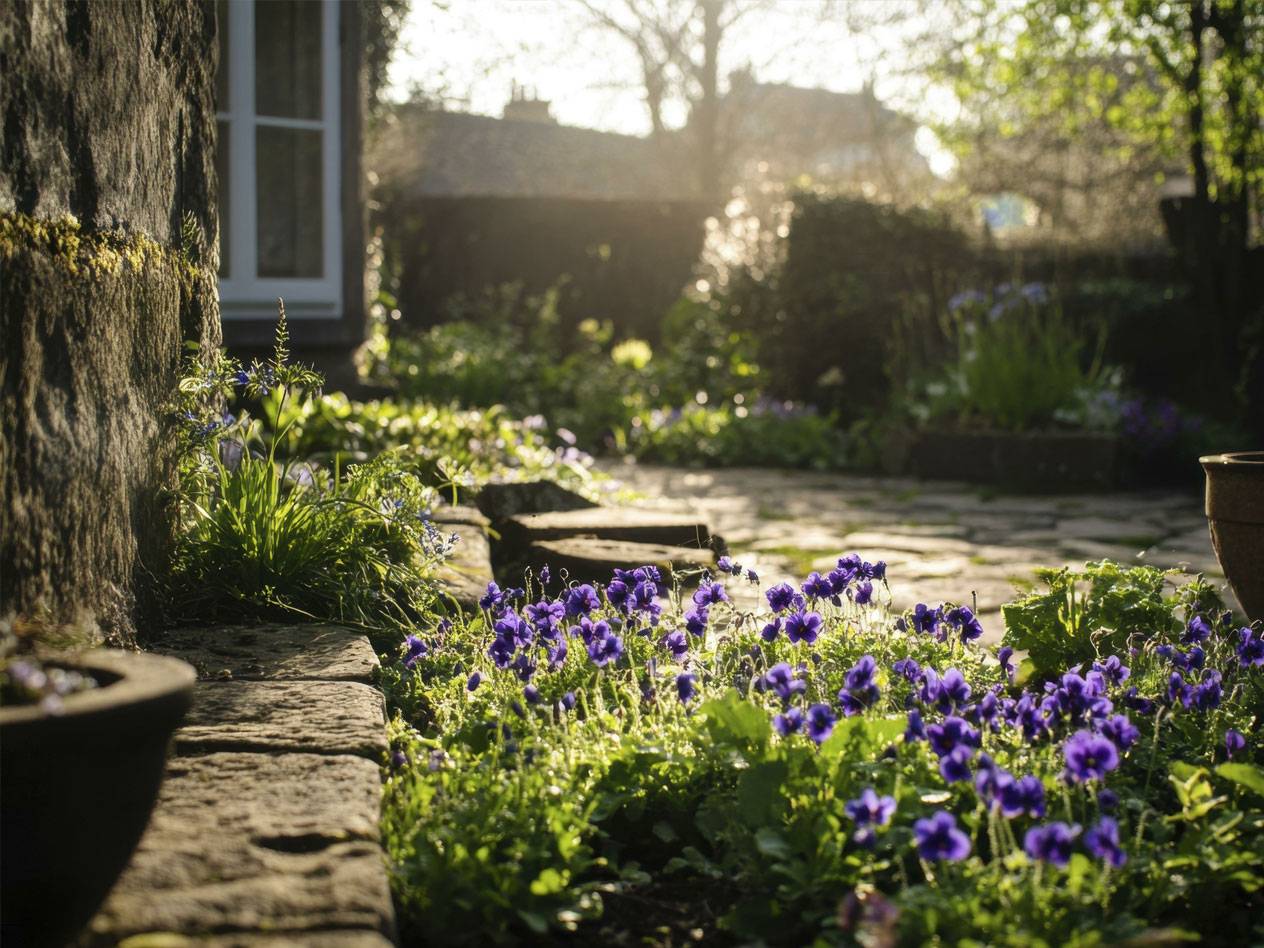
Locations for garden plants can be roughly divided into three categories: sunny, partially shaded, and shaded. Different types require varying amounts of sunlight for healthy growth. A tomato plant will not bear plump fruits in a shaded environment, while cabbage and lettuce thrive well even without much sun.
When designing the garden, attention should be paid to how the light conditions change throughout the day and which trees or shrubs will cast larger shadows in the near future due to their growth.
Plant Protection
To protect garden plants from pests, weeds, and diseases, various measures can be taken. Preventive measures include smartly arranged mixed cultures, observing crop rotation, and regular soil cultivation. Proper care is also crucial: for example, moist leaves of tomato and strawberry plants are more susceptible to diseases and fungi. Therefore, they should never be watered from above, but always directly at the root ball. If preventive measures are already too late, direct actions such as applying plant protection products, setting up pest traps, or removing weeds can limit the damage.
Tasks in Handling Garden Plants
Once the perfect conditions for planting are created, gardening can truly begin. Depending on the plant variety, season, and personal preferences, various tasks arise.
Young plants grown indoors or in a greenhouse should not be abruptly placed outdoors. Both too much sun and low temperatures would be too much of a shock – the plant would not survive. Therefore, the seedlings must be slowly hardened off.
Hardening Off
Instead of immediately planting the sunny vegetable bed with tomato seedlings, the pots with young plants are first placed in a semi-shaded, wind-protected spot to allow for slow acclimatization. If there is nighttime frost, the pots and containers should be brought back inside.
Propagating Offshoots
Some plants do not reproduce by distributing their seeds. Instead, offshoots form, which can be separated from the mother plant and later live as an independent plant. To propagate offshoots, the so-called cutting is cut off and planted in a container with seedling soil. After about two weeks, the offshoot can then be repotted or planted out. Plants that can be easily and quickly propagated by offshoots include:
- Blackberries
- Cucumbers
- Raspberries
- Elderberries
- Head and field lettuce
- Lavender
- Peppers
- Roses
- Spinach
- Thyme
- Tomatoes
Fertilizing
Garden plants gradually deplete the soil of its nutrients. Therefore, even the most nutrient-rich soil must be regularly fertilized – especially if heavy feeders, i.e., plants with high nutrient requirements, are planted on it. Whether artificial mineral fertilizers or organic fertilizers such as compost or manure are used is a matter of personal preference and specific nutrient needs. Mineral fertilizers are available as complete fertilizers, which contain all nutrients and trace elements, as well as single-nutrient fertilizers, which only add specific substances.
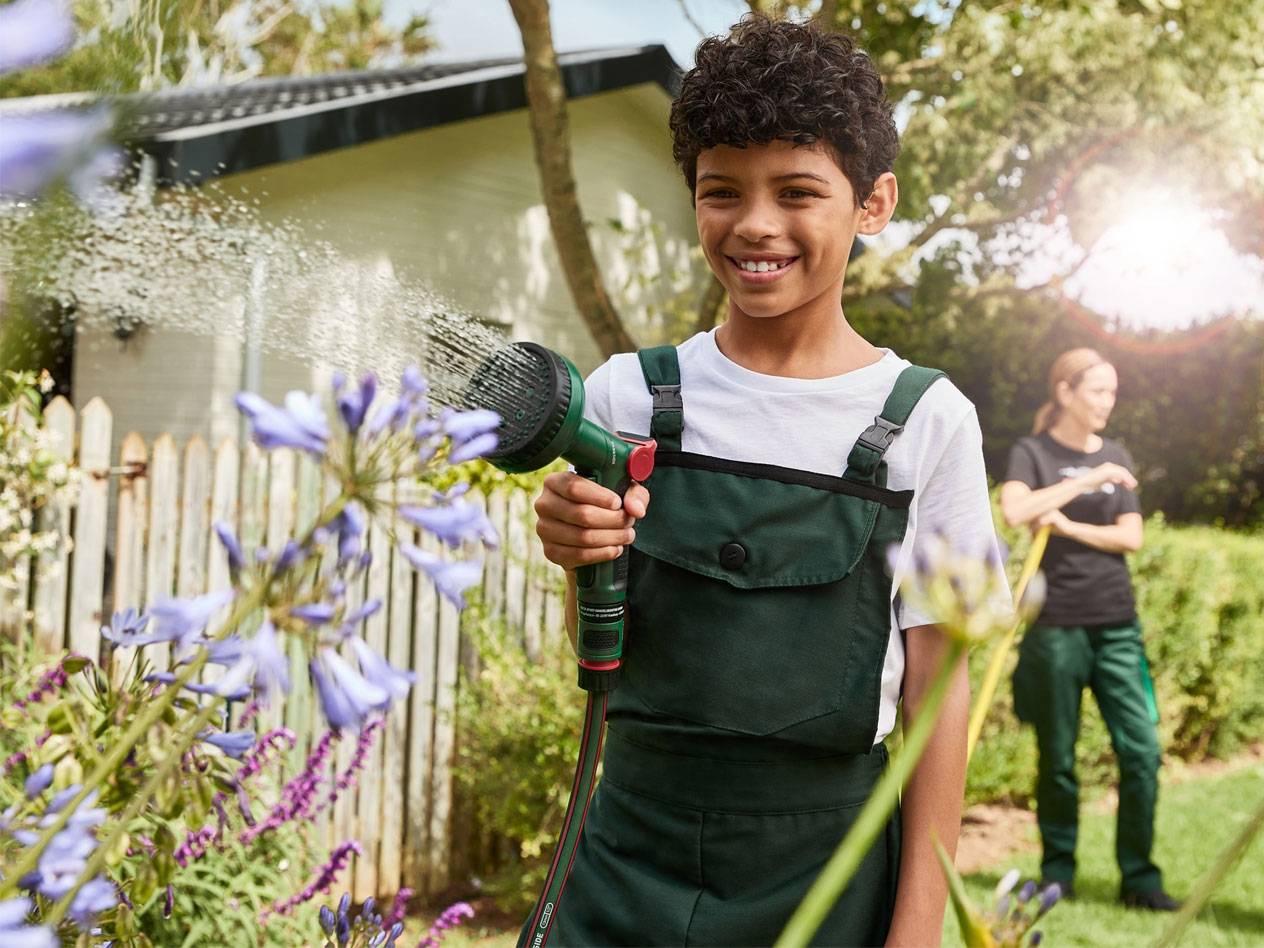
Watering
Garden watering is especially important in summer. Generally, it is recommended to water early in the morning: the water evaporates more slowly due to lower temperatures, and the risk of burns is lower. Whether a watering can, garden hose, or another system is used depends on the size of the area to be watered and the vegetation.
Watering Plants During Vacation
If there are no neighbors available to take care of garden watering during vacation, an automatic watering system is a good solution. Watering computers or timers are connected to sprinklers or drip hoses, so watering is done automatically at the planned time.
Pricking Out
Those who grow seedlings indoors or in a greenhouse before placing them in beds or containers must prick them out. Pricking out involves separating the numerous seedlings from the seed tray and placing them individually in pots. This is necessary so that the delicate plants can develop better and become strong enough for final transplanting. A pricking stick or pricking fork helps with pricking out.
Pruning
Trees, hedges, and shrubs must be regularly pruned to keep them in shape, grow healthily, and – in the case of fruit trees and fruit shrubs – produce a good harvest. A pruning calendar helps decide when each plant should be pruned. While apple trees should be pruned in winter, spring is ideal for pruning roses.
Planting and Sowing
When planting pre-grown seedlings and sowing seeds, timing is crucial. If planted or sown too early, the young shoots may die due to frost or lack of sunlight. Planting and sowing too late gives the plants too little time to fully develop. The result is underdeveloped flowers and a poor or non-existent harvest. A planting calendar helps determine the right time for sowing and planting.
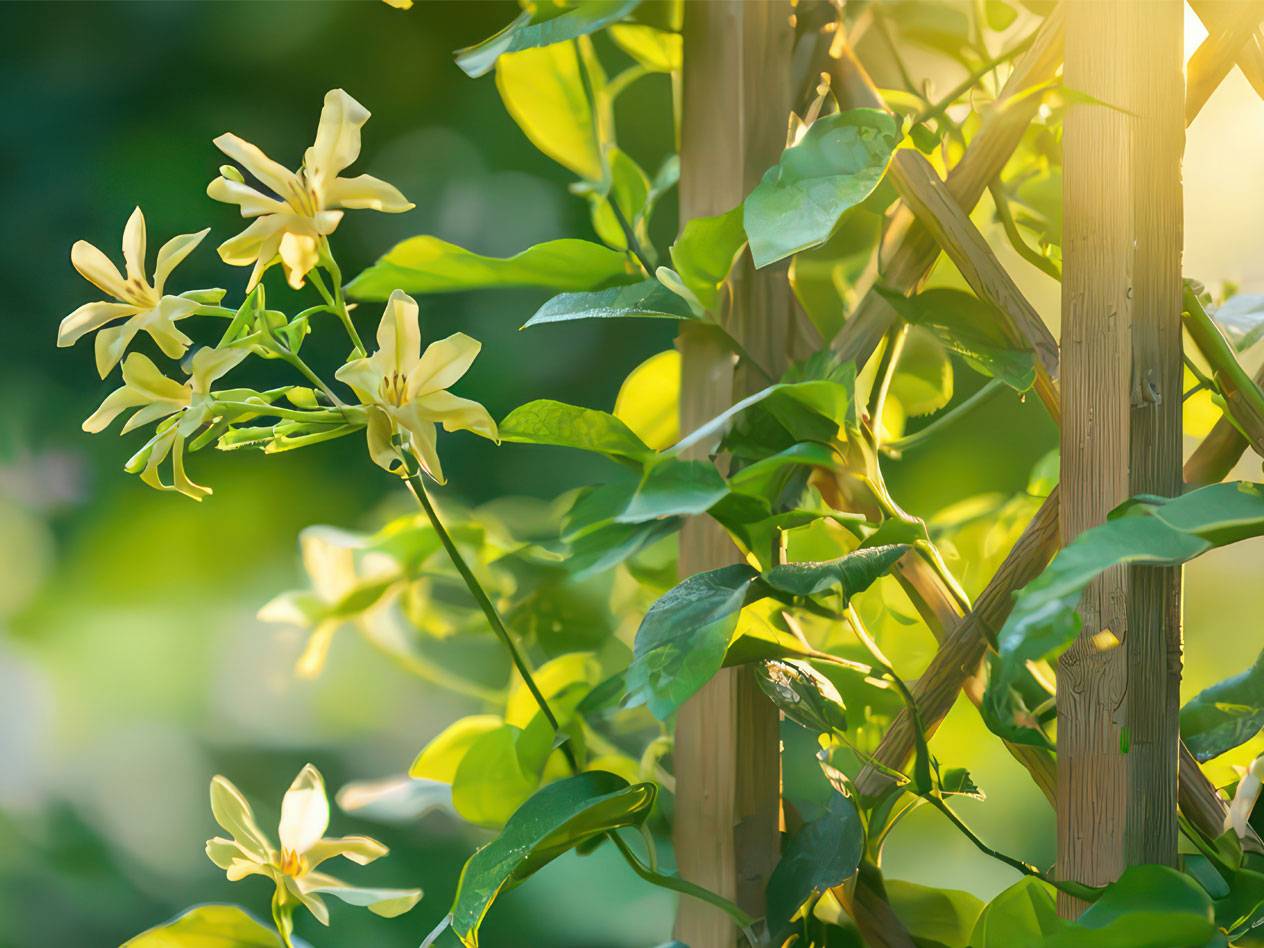
Support
Plants with weak stems and those that grow particularly tall need a support or trellis to prevent them from bending or breaking under their own weight. This includes tomatoes, raspberries, or hydrangeas. The supports are simply inserted into the ground and the young plants are secured with strings or bands. Important: The fastening should not hinder growth or cut into the stem. Prefabricated trellises made of various rods or homemade constructions from wood, metal, or plastic can be used as supports.
Overwintering
To ensure perennial plants survive the cold season and bloom again in the next season, they must be properly overwintered. Exotic plants originally from warmer regions must be brought indoors, as they will not survive the low temperatures. This includes lemon trees and oleander. Other plants are less sensitive. For roses, it is sufficient to wrap the plants in linen or jute bags. Rhododendron can even survive the winter without any cover. Bulb plants like dahlias and amaryllis are ideally dug up and the bulbs stored cool and dry indoors.
Transplanting
Potted and container plants must be regularly transplanted to continue growing. If the pot is too small or the soil nutrients are depleted, it is time to repot. The ideal new pot is 2 to 5 cm larger than its predecessor. How often repotting is necessary depends on the type of plant and its condition. However, repotting more than once a year is not necessary for any variety.
Grafting
Grafting plants involves combining the advantages of two plants to create a hybrid of two identical (e.g., apple tree and apple tree) or two related species (e.g., apple tree and pear tree). However, grafting does not create new species. Fruit trees, tomatoes, and roses are particularly suitable for grafting. A branch or bud from one plant is attached to the stem or branch of another plant. For example, a cherry tree with weak roots can be improved by grafting with a cherry tree with strong roots.
Breeding
Unlike grafting, breeding involves the deliberate selection and crossing of two individual plants (parent generation) to create a genetically improved version and then propagate it (daughter generation). The simplest form of breeding is selection breeding, where plants with desired traits are continuously planted and allowed to naturally reproduce, while plants with undesirable traits are removed.
Planting Bulbs
Many popular flowers are not sown but planted in the garden as bulbs. The right time to plant bulbs depends on the type of flower. Winter-hardy bulbs that should bloom in spring are planted in autumn. Cold-sensitive varieties should be planted in spring. Winter-hardy varieties include crocuses, tulips, and daffodils. For begonias, dahlias, and gladioli, planting should wait until the end of March.
